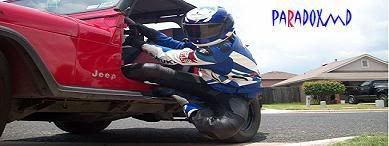everybody is tell me not to put a different tire that suggested on my 99 Katana 750. but it seems that some of you have different sizes on your bikes.
Can I put 150/ 60/17 instead of 150/70/17
suggestions needed please
Can I put 150/ 60/17 instead of 150/70/17
suggestions needed please









Comment